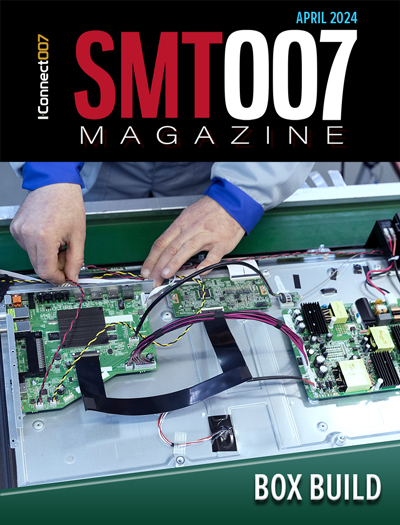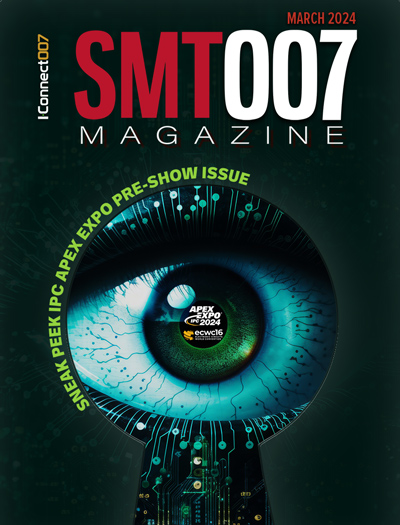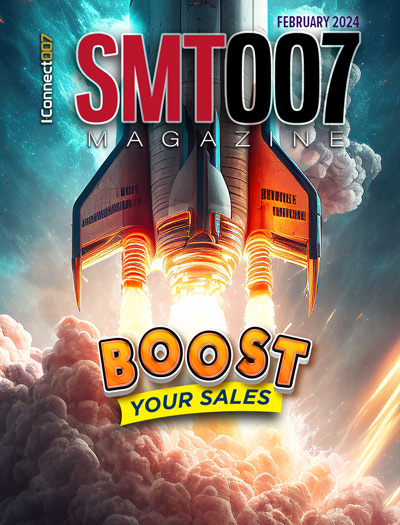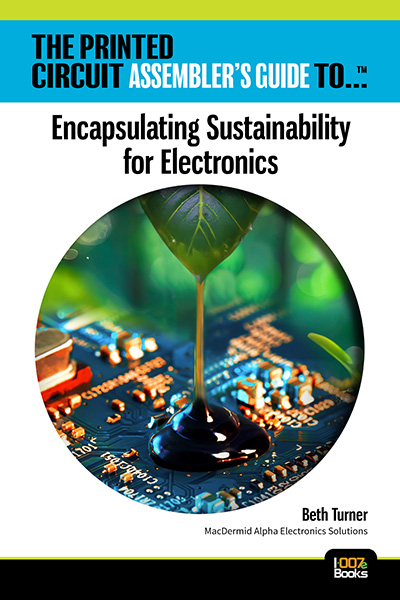-

- News
- Books
Featured Books
- smt007 Magazine
Latest Issues
Current Issue
Box Build
One trend is to add box build and final assembly to your product offering. In this issue, we explore the opportunities and risks of adding system assembly to your service portfolio.

IPC APEX EXPO 2024 Pre-show
This month’s issue devotes its pages to a comprehensive preview of the IPC APEX EXPO 2024 event. Whether your role is technical or business, if you're new-to-the-industry or seasoned veteran, you'll find value throughout this program.

Boost Your Sales
Every part of your business can be evaluated as a process, including your sales funnel. Optimizing your selling process requires a coordinated effort between marketing and sales. In this issue, industry experts in marketing and sales offer their best advice on how to boost your sales efforts.
- Articles
- Columns
Search Console
- Links
- Events
||| MENU - smt007 Magazine
SMT Perspectives and Prospects
Column from: Dr. Jennie Hwang
Dr. Jennie S. Hwang—an international businesswoman and speaker and a business and technology advisor—is a pioneer and long-standing leader to SMT manufacturing since its inception as well as to the development and implementation of lead-free electronics technology. Among her many awards and honors, she was inducted to the International Hall of Fame–Women in Technology, elected to the National Academy of Engineering, named an R&D Star to Watch, and received a YWCA Achievement Award. Having held senior executive positions with Lockheed Martin Corp., Sherwin Williams Co., and SCM Corp., she was the CEO of International Electronic Materials Corp. and is currently CEO of H-Technologies Group, providing business, technology, and manufacturing solutions. She has served on the board of Fortune-500 NYSE companies and civic and university boards; the Commerce Department’s Export Council; the National Materials and Manufacturing Board; the NIST Assessment Board; as the chairman of the Assessment Board of DoD Army Research Laboratory and the chairman of the Assessment Board of Army Engineering Centers; and various national panels/committees and international leadership positions. She is the author of 600+ publications and several books and is a speaker and author on trade, business, education, and social issues. Her formal education includes four academic degrees, as well as the Harvard Business School Executive Program and Columbia University Corporate Governance Program. For more information, visit JennieHwang.com.


